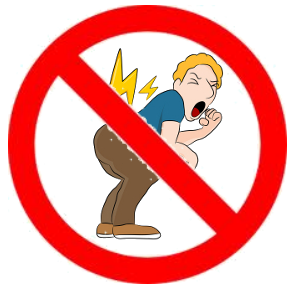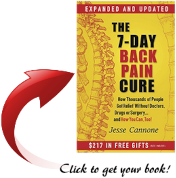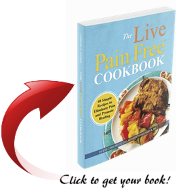Mind over matter. We all heard that before, right? And in that same line of thought, research is being done to determine if the mind can some how generate its own pain relief agents. I read an article on the site ScienceDaily that discusses such a study. Read on to find out more about how the brain can be used to generate natural pain relief …

Placebos and Distraction: New Study Shows How to Boost the Power of Pain Relief, Without Drugs
Placebos reduce pain by creating an expectation of relief. Distraction — say, doing a puzzle — relieves it by keeping the brain busy. But do they use the same brain processes? Neuromaging suggests they do. When applying a placebo, scientists see activity in the dorsolateral prefrontal cortex. That’s the part of the brain that controls high-level cognitive functions like working memory and attention — which is what you use to do that distracting puzzle.
Now a new study challenges the theory that the placebo effect is a high-level cognitive function. The authors — Jason T. Buhle, Bradford L. Stevens, and Jonathan J. Friedman of Columbia University and Tor D. Wager of the University of Colorado Boulder — reduced pain in two ways — either by giving them a placebo, or a difficult memory task.”
Click the link to continue reading this study: Placebos and Distraction
The article from ScienceDaily discussed, in a way, how you trick the brain from not feeling pain. In the case of the study above, the researchers used a placebo and a form of distraction (i.e., a difficult memory task) to …
- Create an expectation of pain relief
- And having the brain focus on something else, rather than on the area of pain
The study concluded that the combination of the placebo effect and the mind distraction technique was effective in decreasing the level of pain relief in the subjects. Such results are promising steps to finding pain relief based on natural means, rather than relying on OTC and prescription pain relief drugs.



